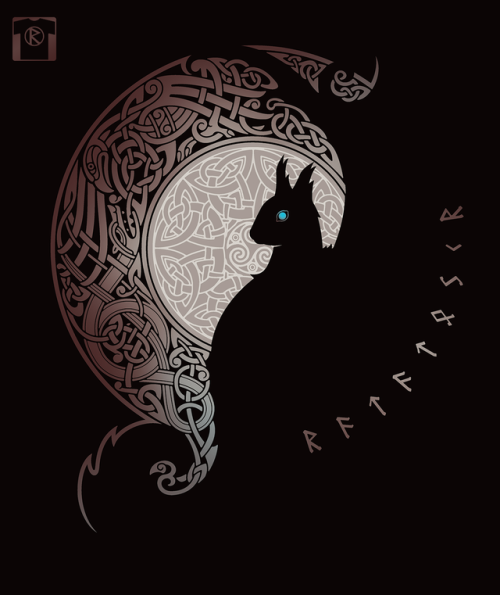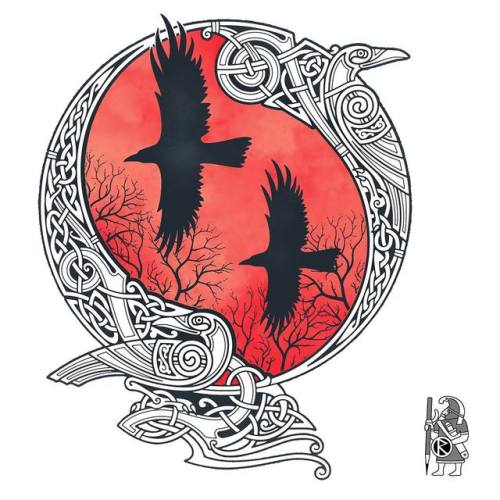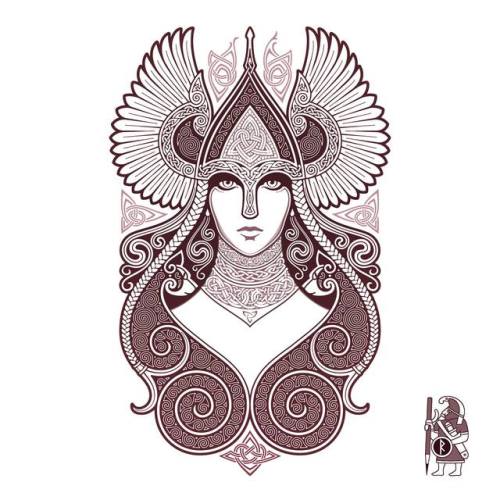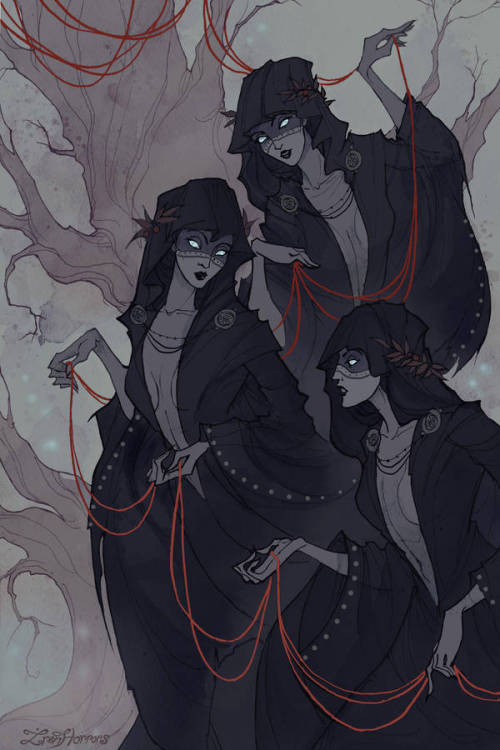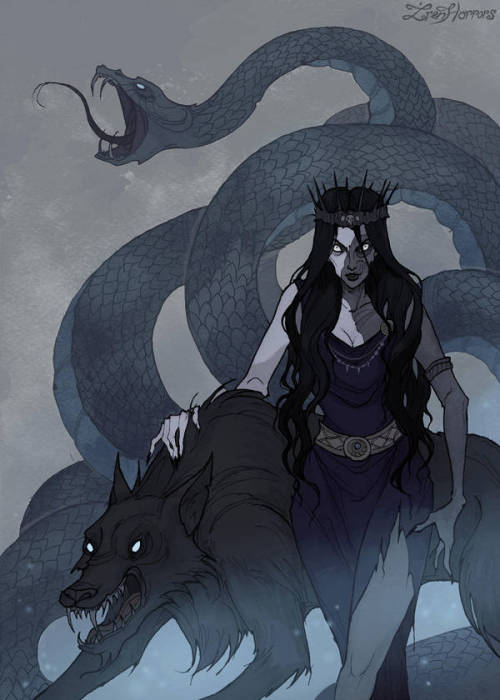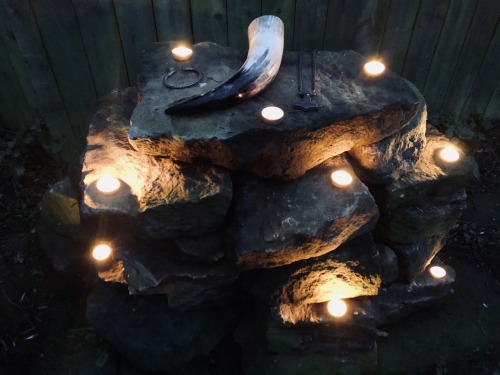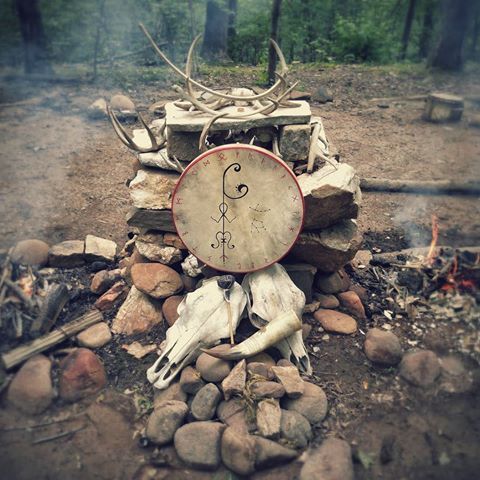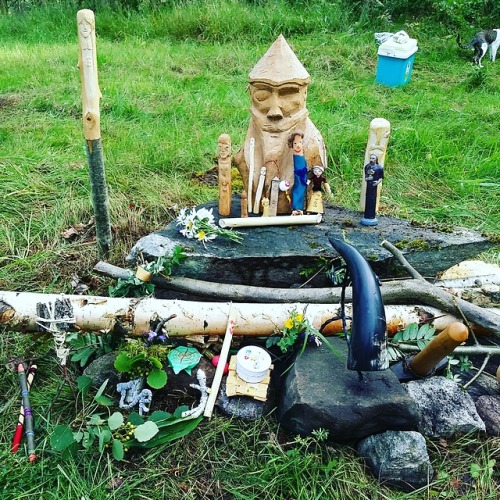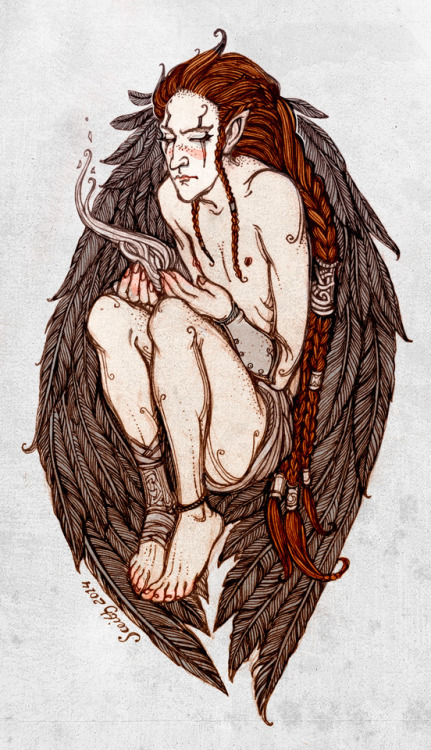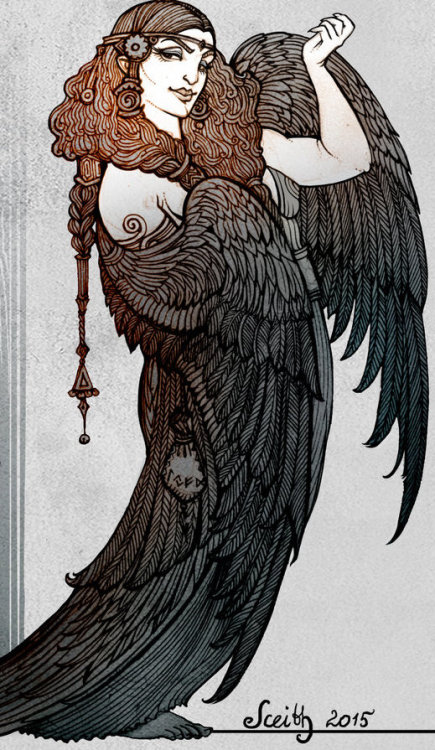#frøya
Ksenia Svincova has created some dark and fantastical artwork inspired by Norse Mythology.
Featured here:
The Norns
Freyja
Idunn
Loki
Loki’s Children
The Wild Hunt
Skadi
The Punishment Of Loki
Post link
Horg
“þeir er hǫrg ok hof hátimbroðo”
“Shrines and temples they timbered high”
- Völuspá
A horg (Old Norse “hǫrgr”) is a sacrificial site or a form of altar in pre-Christian times in the Nordic countries and which roughly refers to a "stone pile".
In the poem Hyndluljóð, the goddess Frøya (Freyja) speaks favorably of Ottar (Óttar) for having worshiped her so faithfully by using a horg. Frøya details that the horg is constructed of a heap of stones and that Ottar often reddened these stones with sacrificial blood in dedication to her. Snorre Sturlason states that the horg is used in the veneration of the Åsynjene (female gods).
In the poem Vafþrúðnismál, it is also stated that many a horg and hov were dedicated to Njord (Njörðr).
A horg is considered different to a hov (from the Old Norse hof), commonly called a “temple”. A rough simplification is that horg were for outdoor rituals and hov for indoors worship.
Many modern day heathens within Scandinavia continue to use a stone set as a focal point for rituals conducted outdoors to this day.
Post link
Fjaðrhamr
In Norse Mythology (and indeed also modern folk belief), the way in which humanoids can posses wings, fly or literally transform to a bird is to undergo a feathered transformation known as Fjærham/Fjederham (in modern Scandinavian tongue) or Fjaðrhamr (in Old Norse).
Fjær/fjeder/fjaðr means “feather” and ham/hamr means the form or shape. So it literally translates as “feather-form”.
The most prominent examples of “feather-form” are Freya’s feather cloak, which is used by Loki in Þrymskviða, the Norns who are said to transform into swans to travel midgard and the hero, Germand Gladensvend, from the Danish folk ballad of the same name.
Art:Sceith-A
Post link



